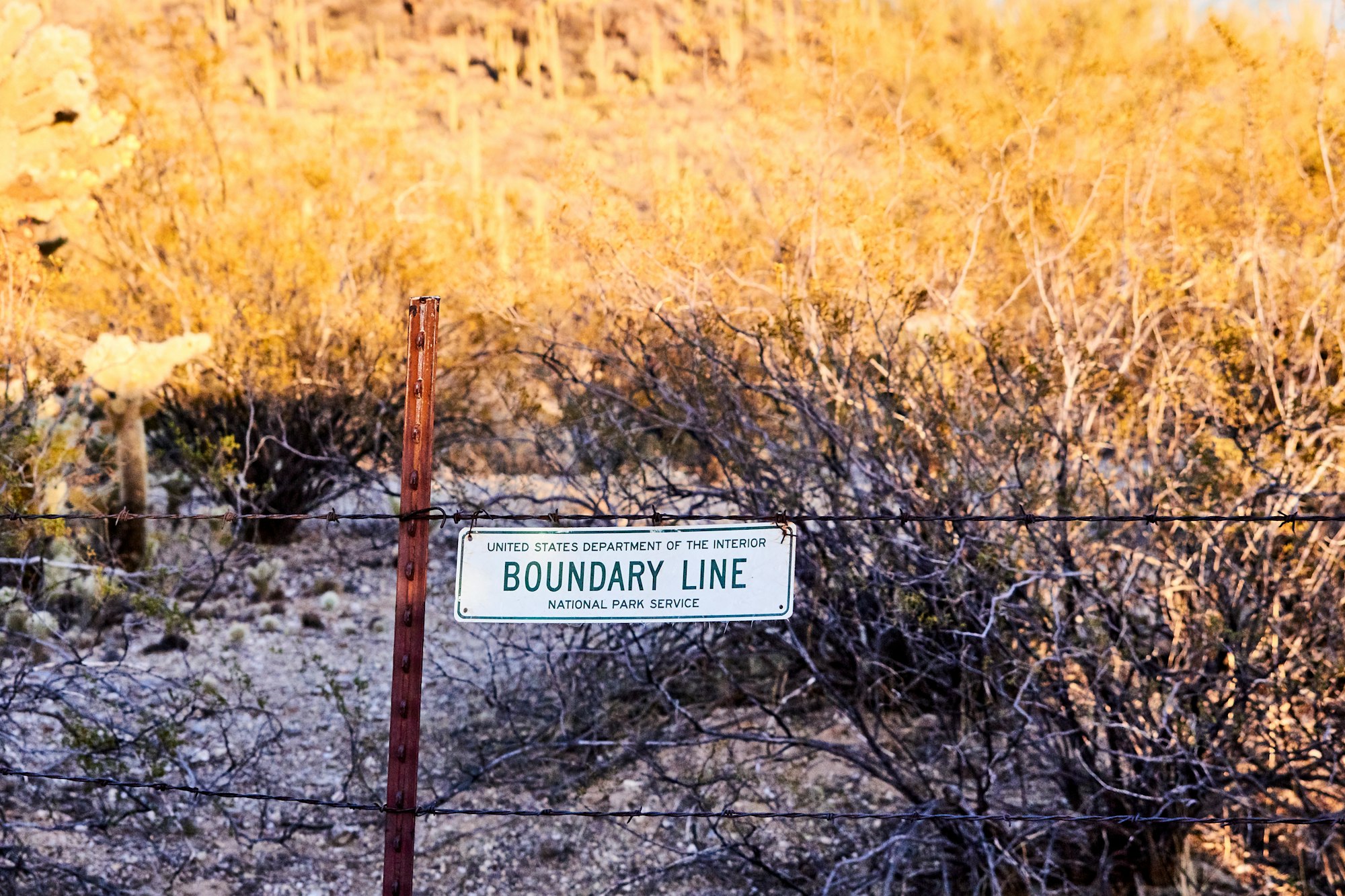Have you ever struggled with finding a balance in your relationships? Maybe you’re the type to over accommodate the needs of others, while making yourself smaller. Perhaps you find yourself chronically disappointed, or fatigued, by the relationship choices you’re making. Good news is you’re not alone. We all, at one point or another, have felt the energetic shift when we spend too long with certain people, feel our voices weren’t heard, or lash out in ways that plague us with guilt afterward.
Easy hack to get your relationships to a space of joy? Welcome to boundaries.
Okay - I lied - it’s not easy. Boundary setting takes consistent, thoughtful action that often feels very uncomfortable when we start practicing. It’s normally counterintuitive to our built in socialization that we learned early in our lives. If you have a habit of making your voice small to “keep the peace”, practicing assertive boundaries will make your skin crawl in the beginning. Conversely, if you struggle with aggressive communication patterns, learning to assert yourself in a way that helps your voice be heard clearer will feel very weird.
Take a look at these five key components of boundary setting to help prepare you for setting boundaries in your own life!
- Boundaries are for you: We set boundaries not to “put people in their place”, but rather as an act of radical self-love towards ourselves. It’s a way of saying, "I value my time, energy, surroundings and space. I value them so much that I’m willing to take an uncomfortable action to ensure my life is set up for me to be successful". We set boundaries to keep relationships, not to lose them. If someone is taking the time to set a boundary with you, it means they value that relationship so much they are willing to be authentic and vulnerable.
- Someone else’s boundaries may not work for you - and that’s okay: A question to ask yourself - if I’m willing to set a boundary, am I willing to have a boundary set with me? It’s a good reflection exercise for how we may respond to others' boundaries. That being said, you don’t have to understand or flow with a boundary that doesn’t make sense to you! If, for example, my husband decided a boundary for him was that I not use the shower on Tuesdays and Fridays, I would say, “That boundary doesn’t work for me”. We would need to have further conversation on how to adjust the boundary, or I may need to reconsider if I can live with someone who restricts my access to the shower.
- Boundaries may lead us in directions we weren’t expecting: Refer to #2. If a boundary is consistently disrespected, or boundaries set with us are unrealistic, we may be left in a very painful place as we recognize that relationships we once held dear don’t work anymore when we try to prioritize our needs. This is the tipping point: it asks us to reevaluate our role in relationships, and explore the options we have outside of boundary setting. For some people this may mean no contact in the relationship, for others it may mean stricter boundaries, or compromise. There is no wrong choice. Boundary work is deeply personal and individualized.
- Boundaries are mold-able and can change over time: This is the one that always seems to shock the clients I work with - you get to adjust your boundaries over time depending on what works for you! There is no black and white in the boundary game. We may find that sometimes stating the boundary to the person we are setting it with can open up a dialogue that allows us to arrive at a different boundary as we air out our concerns. We may find the original boundary we set was too hard, or too soft, and explore ways to adjust what’s needed. Or we could falter in our boundary setting, and not speak up when our boundaries are violated. We get to reset them at any time! Remember, this practice has a learning curve and it would be remarkable if you got it right on the first try.
- Boundaries require safety: Boundaries without safety don’t work - plain and simple. If we don’t have safety in the relationship where we are practicing boundary setting, we may find the practice of setting boundaries becomes increasingly difficult. Boundaries do not work with abusers, or those in a domestic violence situation. Please be mindful of this is boundary work, and don’t let it discourage you from taking other necessary steps such as leaving the relationship or going no contact with another person. This is an equally valid choice.
Read these five key elements of boundary setting and ask yourself: is now the time for me to start prioritizing my mental health? If the answer is yes, get to work identifying what your boundaries will look like!
Alexa Cordry, LSW, LCADC
You can follow more of Alexa's insight on Instagram @yoursadtherapist
My Help Connect is a verified, independent & factual community for providers & clients created to easily find the best help possible. Connect with My Help Connect's message through multiple platforms:
Instagram: @myhelpconnect
Facebook: My Help Connect
LinkedIn: Company Page & Member Page
Twitter: @myhelpconnect

